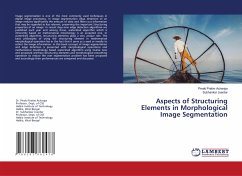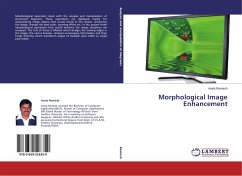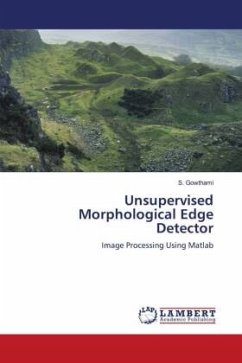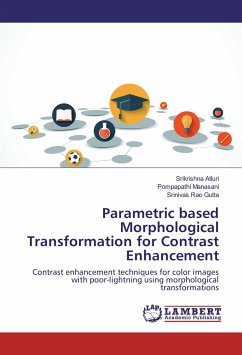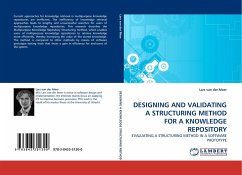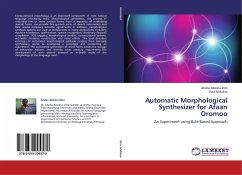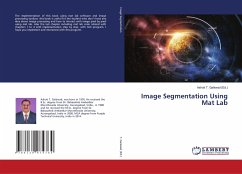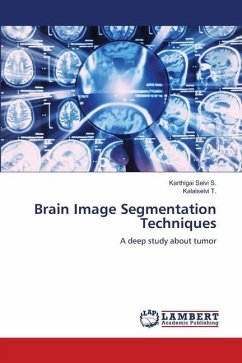Image segmentation is one of the most commonly used techniques in digital image processing. In image segmentation edge detection of an image reduces significantly the amount of data and filters out information that may be regarded as less relevant, preserving the important Structuring properties of an image. In recent days new edge detection algorithms are published each year and among these, watershed algorithm which is inherently based on mathematical morphology is an accepted one. In watershed algorithm, structuring elements plays a very unique role. The basic philosophy of using the structuring element in mathematical morphological operation lies in the fact that it serve as a seed or needle to collect the image information. In this book concept of image segmentation and edge detection is presented with morphological operations and mathematical morphology based watershed algorithm using twelve new and proposed arbitrary structuring elements and morphological smoothing operation to reduce the over segmentation problem has been proposed and accordingly their performances are compared and discussed.
Bitte wählen Sie Ihr Anliegen aus.
Rechnungen
Retourenschein anfordern
Bestellstatus
Storno

